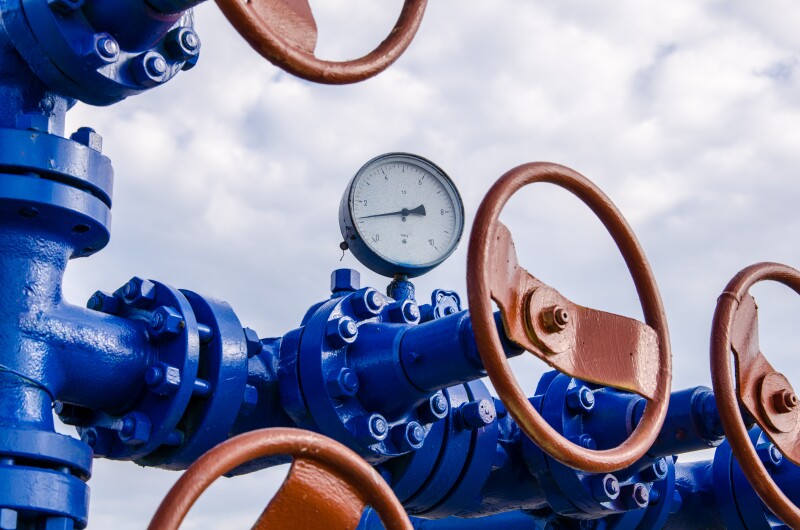Most US-based oil and gas executives expect West Texas Intermediate (WTI) crude prices to rise steadily over the next 5 years, increasing by more than 20%, according to a Federal Reserve Bank of Dallas survey.
Polled between 11–19 September when WTI averaged $70.83/bbl, the mean response from from 119 oil and gas producers and service providers was that WTI will rise to an average of $76/bbl this time next year, $81/bbl in 2 years, and $87/bbl in 5 years.
The executives also predicted Henry Hub natural gas prices will rise from September’s average of around $2.23/MMBtu to $2.85 next year, $3.24 in 2 years, and $3.89 in 5 years—a 75% increase from current levels.
One focus of this edition of the quarterly Dallas Fed survey was the impact of low natural gas prices on Permian Basin producers that frequently face volatile and often painful pricing at the region’s gas nexus, the Waha Hub.
The US Energy Information Administration (EIA) noted in September that Waha Hub prices have dipped below zero on nearly half of the trading days this year, hitting a low of -$6.41/MMBtu on 29 August. By September 2024, the EIA reported Waha Hub’s spot price was trailing Henry Hub by an average of $2.07
In this quarter's survey, more than half of respondents reported that the steep price differential led them to cut production or delay drilling and completing new wells. Meanwhile, 52% checked “other” in their responses, with the most common effects listed as "little to no impact" or a drop in natural gas revenue, according to the Dallas Fed, which noted that respondents were allowed to select more than one answer.
But when asked if they will boost well completions as gas pipeline bottlenecks ease with upcoming projects, an overwhelming 80% of oil and gas executives said they have no such plans. Only 20% indicated they plan to ramp up output, signaling a cautious approach even with new infrastructure on the horizon.
The survey did not explore all the reasons behind the cautious outlook but did ask whether crude pipeline capacity through 2026 posed a potential issue. On this point, 92% of respondents indicated that they did not expect output to be limited by takeaway capacity, while only 8% believed pipeline bottlenecks would constrain their production.
In the edited comment section provided by the Dallas Fed, some oil and gas executives cited uncertainty surrounding the upcoming US presidential election and the economy as key factors influencing their 2025 plans.
One respondent voiced frustration over Permian gas pricing, stating in the survey, “Several of the past months I have received nothing or a negative adjustment to revenue for natural gas. In June, one operator paid $0.09/MMscf, which is above $0, but accrues little to my revenue. I believe this situation will persist for months if not years.”
Another anonymous executive pointed out that low gas prices are rippling beyond the Permian. “We are seeing natural gas prices affect drilling rig utilization in the east Texas Basin. The Eastern Haynesville drilling rig utilization is dropping off, and drilling rig utilization in the western Haynesville/Bossier sands play is increasing due to higher production rates being found there.”
